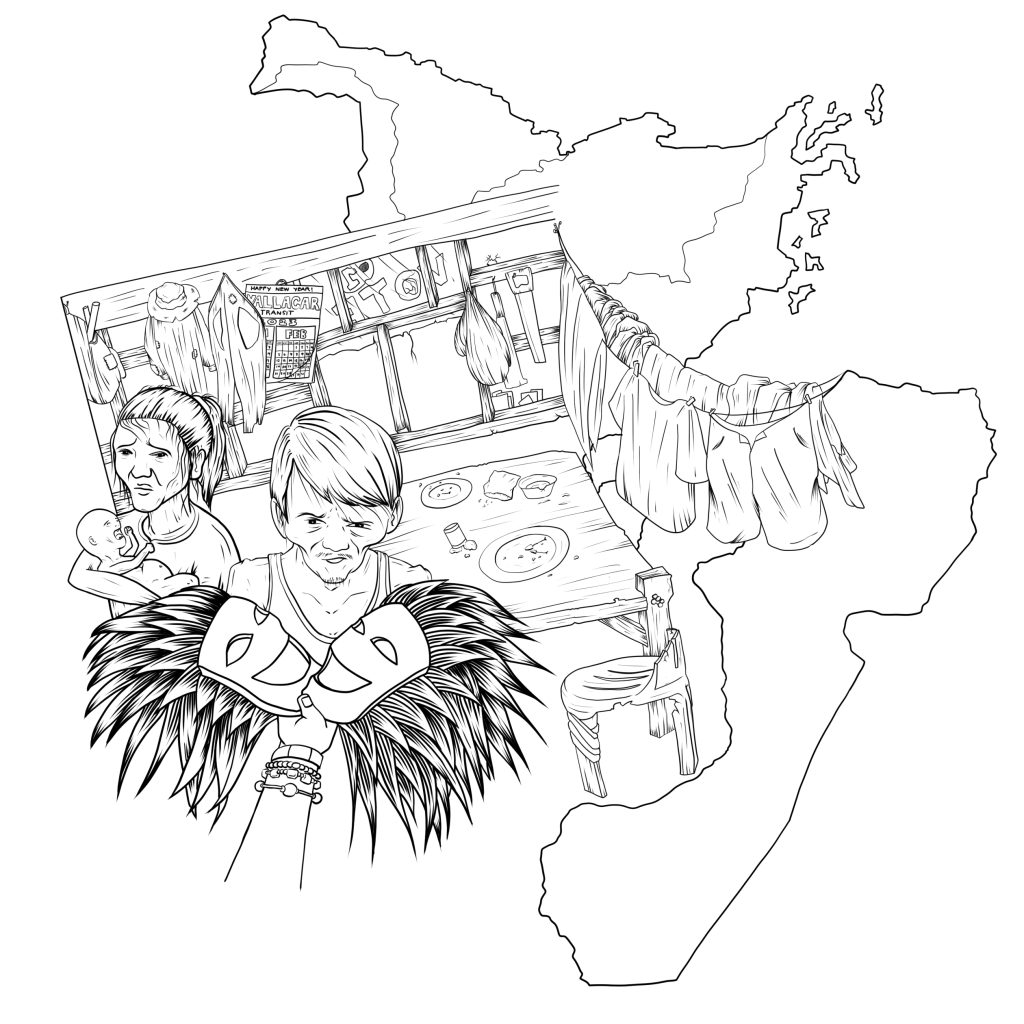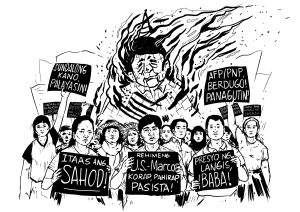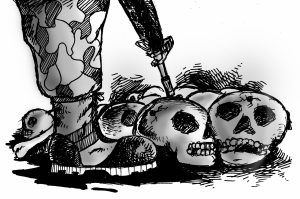Inconcealable poverty in Negros


Bechay, a housewife in District 1 in Negros Occidental, spent ₱600 for her January electric bill, from ₱300 in months prior. Prices of onion, cabbage, dried fish and sugar also doubled compared to last year. The 320-gram package of Bearbrand also rose from ₱106 to ₱130.
This is contrary to claims of the Department of Trade and Industry that processed food prices “didn’t move” in the past six months. This also contradicts the agency’s claims that prices of 70 basic products rose only starting February 8, and only by ₱0.45 to ₱7.00.
Bacolod City residents RJ, a construction worker, Daki, a researcher, and Karmelita, a street vendor, also expressed grievances against rising electricity and water charges and food prices. “Electricity and water charges really rose sharply,” Karmelita said. “Budgeting for rice, viand, and fare every day is very difficult.”
Last January, inflation in Bacolod City hit 12.1%, while rising to 10.3% in its mother region (Region VI). This is the second month that the region recorded the highest rates in the country. Housing, electricity, water, fuel and others rose the fastest (15.1%), followed by transportation (14%). Food inflation also remained high (11%).
Within 10 months, inflation steadily rose in the region, from 3.3% in February 2022 to 10.5% in December 2022. During this periods, local officials did nothing to bring relief to Negrosanons. In chorus with Marcos Jr’s economic officials, they downplayed the impact of high fees and drop in the income of ordinary people.
More suffering
The long -term low wages of families in the region is now even more insufficient. In the case of Juvy who has six children, whatever she does to budget her husband’s ₱130-₱150, it cannot make up for the needed ₱450 daily. Funds from the 4Ps do not fill the deficiency. To keep up, she borrows from “lending” or microfinance agencies. These bury them deeper in debt because of the high interest rates these charge.
The families of Dailyn, Jonel and Hermegildo, farm workers of Kabankalan, Negros Occidental, borrow money from employers, aside from lending agencies. Their ₱200-₱250 daily earnings is grossly insufficient to cover their ₱400-₱500 daily needs. To pay for it, they work longer hours in wider sugarfields.
Calamities and military operations in their area are additional burden to farm workers. These cause difficulties as they are restricted from working in their fields. There are families who have yet to recover from the destruction caused by Typhoon Odette in December 2021.
Not even a peso
Wage increases were last ordered in the region on June 2022. Not all employers complied. “Not a peso was given,” according Bacolod and Kabankalan residents. The wages of Bechay’s husband, a sugarcane cutter, rose by ₱100, a very small amount compared to price increases.
The minimum for non-agricultural workers was set at ₱450/day, and ₱410 for agricultural workers in the region. In reality, however, daily wages start at ₱200. People in the informal sector like Karmelita earn only around ₱100 a day.
Based on computations by the Ibon Foundation, the region’s living wage stood at ₱981 in January, while that for the National Capital Region stood at ₱1,163. Due to inflation, the real value of the ₱450 minimum wage in Western Visayas is only ₱363.
In the face of this, Negrosanons call for the immediate lowering of commodity prices. “Bring down electricity and water charges, and raise wages!” according to the Bacolod residents.
“More jobs,” said Bechay. For those in Kabankalan, having their own land to till and production subsidies is the solution.










